As a dog owner, it's important to be aware of the plants that are safe and which ones are toxic for your furry friend. While it's always a good idea to keep plants out of reach of curious pups, accidents can happen. That's why it's important to know which plants are safe and which ones to avoid. We've written a really handy article for you to learn more about some of the best plants you can safely bring into your house or your backyard.
Common Safe Houseplants for Dogs
Peace Lily:
This plant not only brings a sense of tranquility to any room, but it's also non-toxic to dogs. In fact, it's even been known to help filter out harmful toxins from the air. So, not only is it safe for your pup, but it's also good for their health and yours. Bonus points for the peace lily!

Snake Plant:
Don't let the name fool you, this plant is actually safe for dogs (and cats too!). It's also known as the "mother-in-law's tongue" because it's virtually indestructible. So, even if your pup decides to give it a little chew, the snake plant can handle it. And with its tall, slender leaves, it's perfect for adding a touch of drama to any room. Similarly they also release oxygen at night, making it a great choice.

Succulents:
Can be a great option for pet owners because they are incredibly easy to care for and most dogs will leave them alone. If you're looking for a low-maintenance plant that is also pet friendly, succulents are the way to go! Just make sure that your dog can't reach them, as some succulents can be poisonous if ingested.

Ponytail Palms:
Are a type of desert plant that is incredibly drought tolerant. This makes them a great choice for pet owners, as they don't require much watering just like the succulents. However, make sure that your dog can't reach them, as the leaves can cause gastrointestinal irritation if ingested.

Calla Lilies:
Although technically toxic to dogs, they are not likely to cause any serious harm unless large quantities are ingested. If you want to add a calla lily to your home but you're worried about your dog's safety, just make sure that it is out of reach and you should be fine!

Basil:
If you're looking for a plant that's both safe and edible, the basil plant is a great choice. Not only is it non-toxic to dogs, but it also adds a delicious flavor to any dish. Just be sure to keep it out of reach of your pup's chompers, as consuming large amounts of basil can cause an upset stomach.

Spider plants:
Pawfect for your indoor Jumanji! They breed like dog's if you know what i mean. That's what makes them such a popular and easy houseplant to have. You can pot them and watch them drape around shelves, they make for an incredibly beautiful greenery in any home.

Cacti:
May be easy to take care of and not necessarily toxic to dogs, many of them are very prickly and will be sure to keep your dogs snout out of it's business. Just keep in mind that aloe vera and jade tree among others can cause some mild toxicity to dogs. Again, just be sure you do some specific research!
Who knew you'd have to do as much research for a dang houseplant as you did for your dog! Take a quick peek through this list of safe non-toxic houseplants to see if you've got one of those!
- Air plants
- African violets
- Aluminium plant (Watermelon pilea)
- Areca palm (Golden cane palm, yellow palm, butterfly palm.)
- Banana plant (Dwarf banana plant)
- Bird’s nest fern
- Blue star fern
- Boston fern (Sword fern, fluffy ruffles fern)
- Bromeliads
- Button fern
- Calathea (Prayer plants, rattlesnake plants)
- Cast-iron plant (Bar-room plant)
- Chinese money plant
- Dendrobium orchid (Tiger orchid, leopard orchid)
- Echeveria
- Epiphyllum (Fishbone cactus)
- Friendship plant
- Gasteria
- Gloxinia
- Haworthia (Zebra cactus)
- Holiday cacti (Christmas cactus, Easter cactus)
- Lipstick plant
- Maidenhair ferns
- Money tree (Guiana chestnut)
- Mosaic plant (Nerve plant)
- Moth orchid (Orchid)
- Neoregelia
- Peperomia (Radiator plants, Watermelon plant, baby rubber tree, etc.)
- Pilea (Various)
- Polka dot plant (Baby’s tears)
- Ponytail palm (Elephant’s foot, bottle palm)
- Prayer plant
- Purple passion (Velvet plant)
- Purple waffle plant (Waffle plant, red ivy)
- Rabbit’s foot fern (Hare fern, deer foot fern, squirrel foot fern)
- Sempervivum
- Spider plants (Ribbon plants, airplane plants, spider ivy)
- Staghorn ferns
- String of turtles
- Swedish ivy (Swedish begonia)
- Venus flytrap
- Wax plant
Let's summarize with some bonus tips for keeping your indoor jungle dog-friendly: Regardless of which plants you choose, there are a few things you should keep in mind in order to keep your indoor jungle dog-friendly:
Are roses safe for dogs?
Yes, they are considered to be safe for dogs as they are non-toxic. The sweet aroma of roses is quite tantalising and may very well cause some crazed sniffing sessions as well. The rose hips are actually edible by humans and your furry friend. However, there is quite literally a thorn in the side of this. If you didn't already know this rose stems are riddled in thorns. It's a good idea to plant them in a raised bed or any place which they can't get into. Not because they might eat them, but they might want to itch on them and that could end up bad.
What plants are unsafe for dogs?
We've gone through a list of common houseplants that are safe for our furry chompers, so which ones are not safe? It's important to have some ideas about which ones are going to be safe for your furball. Here is a resource to a poisonous plants for dogs guide. The toxicity will differ from plant to plant, just make sure that you do some digging around on the specific plants you want.
Common poisonous plants for dogs
Many of the plants we have in our homes and gardens can be poisonous to dogs. Here’s a quick run-through of some of the common home and garden plants can be dangerous for your pooch.

Daffodils & Narcissus
Daffodils and Narcissus are toxic to dogs. All parts of the plants are harmful to dogs, but the bulb is especially toxic. Symptoms of daffodil poisoning in dogs include drooling, drowsiness, vomiting, diarrhoea, difficulty breathing, abnormal heart rate, tremors, and seizures. Contact with daffodil bulbs can cause dermatitis in dogs, while inhaling the dust from bulbs can irritate their airways.

Tulips
All parts of a tulip plant are poisonous to dogs, but the bulbs are especially toxic. Symptoms of tulip toxicity include drooling, vomiting, diarrhoea, lack of appetite, and depression. Tulips also contain chemicals which can cause dermatitis, so your pooch might develop inflamed skin, or suffer with an irritated and sore mouth.

Hyacinths
All parts of a hyacinth are toxic to dogs, and if they eat any it can cause vomiting and diarrhoea, which may contain blood, as well as drooling, tremors, lethargy and depression.

Bluebells
Did you know Britain is home to half the world’s bluebells? Did you also know that these beautiful blue flowers are also poisonous plants for dogs, and like most spring flowers, the bulbs are especially toxic. Symptoms of ingestion include vomiting, diarrhoea, lethargy, and disorientation. It can even affect their heart if they eat a lot.

Aloe vera
Aloe vera might be medicinal for humans, but it’s leaves are poisonous to dogs and can damage their digestive system. Symptoms of aloe vera ingestion include: vomiting, diarrhoea, depression, loss of appetite, and tremors.

Jade tree
Jade trees (Sometimes called “rubber plants”,) are considered toxic to canines and if they eat any part of the plant they may suffer from vomiting, diarrhoea, depression, ataxia, and abnormal heart rate.

Lilies
Most species of lilies are poisonous to dogs, including common varieties like peace lilies, calla lilies and other arum lilies, glory lilies, leopard lilies, and stargazer. Fatal cases of lily poisoning are rare.
True lilies (“Lilium”) are toxic, while day lilies (“Hemerocallis”) are non-toxic but still cause moderate illness. Symptoms of lily poisoning include vomiting, diarrhoea, drooling, lack of appetite, lethargy, red eyes and gums, abdominal pain, abnormal heart rate, and seizures.
Some species of lily contain calcium oxalate crystals which can cause irritation and swelling in the mouth if eaten, and can cause dermatitis.

Ivy
Most species of ivy are poisonous to dogs, including common varieties that could be growing in your home or garden like English, German, or Needlepoint ivy. The common houseplant “devil’s ivy” (pothos) is equally toxic.
Ivy causes oral irritation and swelling, which can lead to difficulty breathing and swallowing in severe cases. Other symptoms include vomiting, diarrhoea, loss of appetite, lethargy, and abdominal pain. All different species of ivy can also cause dermatitis and blistering on the skin.

Monstera
All types of monsteras are poisonous plants for dogs. The most common species and the one we most often refer to as monstera is “monstera deliciosa”, or the swiss cheese plant. This gorgeous greenery might have seen viral popularity this year, but it is still a poisonous plant for dogs.
Monsteras cause oral irritation and swelling to dogs who munch on them, which might cause difficulty breathing or swallowing in severe cases. Other symptoms of monstera poisoning include drooling and vomiting.

Zanzibar gem
Also called the ZZ plant, these are considered toxic to dogs and will usually cause gastrointestinal illness like vomiting and diarrhoea if eaten. Every bit of the plant is toxic to dogs, (and to humans too.)

Dracaena
Given the hardiness and structural appearance, dracaena are very popular houseplants. There are dozens of species commonly bought to decorate our homes including money trees, dragon trees, lucky bamboo, snake plants, and corn plants. Every kind of dracaena is a poisonous plant for dogs, and signs of toxicity include vomiting and diarrhea (sometimes with blood in each), drooling, loss of appetite, and depression.
Are there other poisonous plants for dogs?
There are dozens of species of toxic plants for dogs that could be along your walking route or even in your home and garden. These plants range from mild to severe in their toxicity levels, and some may even be fatal if your pooch eats them in excess.
- Aconitum (Monkshood)
- Azalea
- Autumn Crocus
- Oleander
- Castor Bean Plant
- Cyclamen
- Daffodils
- Dieffenbachia (Dumb Cane)
- English Ivy
- Foxglove
- Hyacinths
- Hydrangea
- Iris
- Kalanchoe
- Lantana
- Lily of the Valley
- Marijuana
- Mistletoe
- Morning Glory
- Philodendron
- Poinsettia
- Rhododendron
- Sago Palm
- Tomato Plant (Green Parts)
- Tulips
- Yew
- Autumn Crocus
- Jimsonweed
- Nightshade
- Oleander
- Yew
- Larkspur
- Boxwood
- Chrysanthemum
- Daphne
- Delphinium
- Gladiolus
- Holly
- Hosta
- Juniper
- Lavender
- Lobelia
- Mums (Chrysanthemum)
- Nicotiana
- Peony
- Rhubarb Leaves
- Sweet Pea
- Tansy
- Wisteria
- Calla Lily
Remember, toxicity will vary depending on the amount eaten and the size of your dog. Small dogs are at much higher risk of severe symptoms and even death simply because of their size and the fact it takes a far smaller dose to cause illness.
We’ve compiled an extensive (but not exhaustive) list of poisonous plants for dogs which your pooch might come into contact with in your home and garden or when out on walkies. As well, we named many of the wonderful plants you can have worry free.
- Make sure all of your plants are out of reach of your pet. Even non-toxic plants can cause gastrointestinal upset if ingested in large quantities.
- Avoid placing plants near doors or windows where curious dogs might be tempted to nibble on them. If it is in a window, just make sure it's high enough off the ground to stay out of your dog's nose.
- Keep an eye on your dog when he or she is around plants and intervene if necessary . Some dogs will try to eat anything they come across, so it's important to be vigilant!
So, there you have it! A list of dog safe plants that are both stylish and safe for your furry friend. Just be sure to keep an eye on your pup and keep these plants out of reach to prevent any accidents since it's always a better idea to be on the safe side. Happy plant parenting!
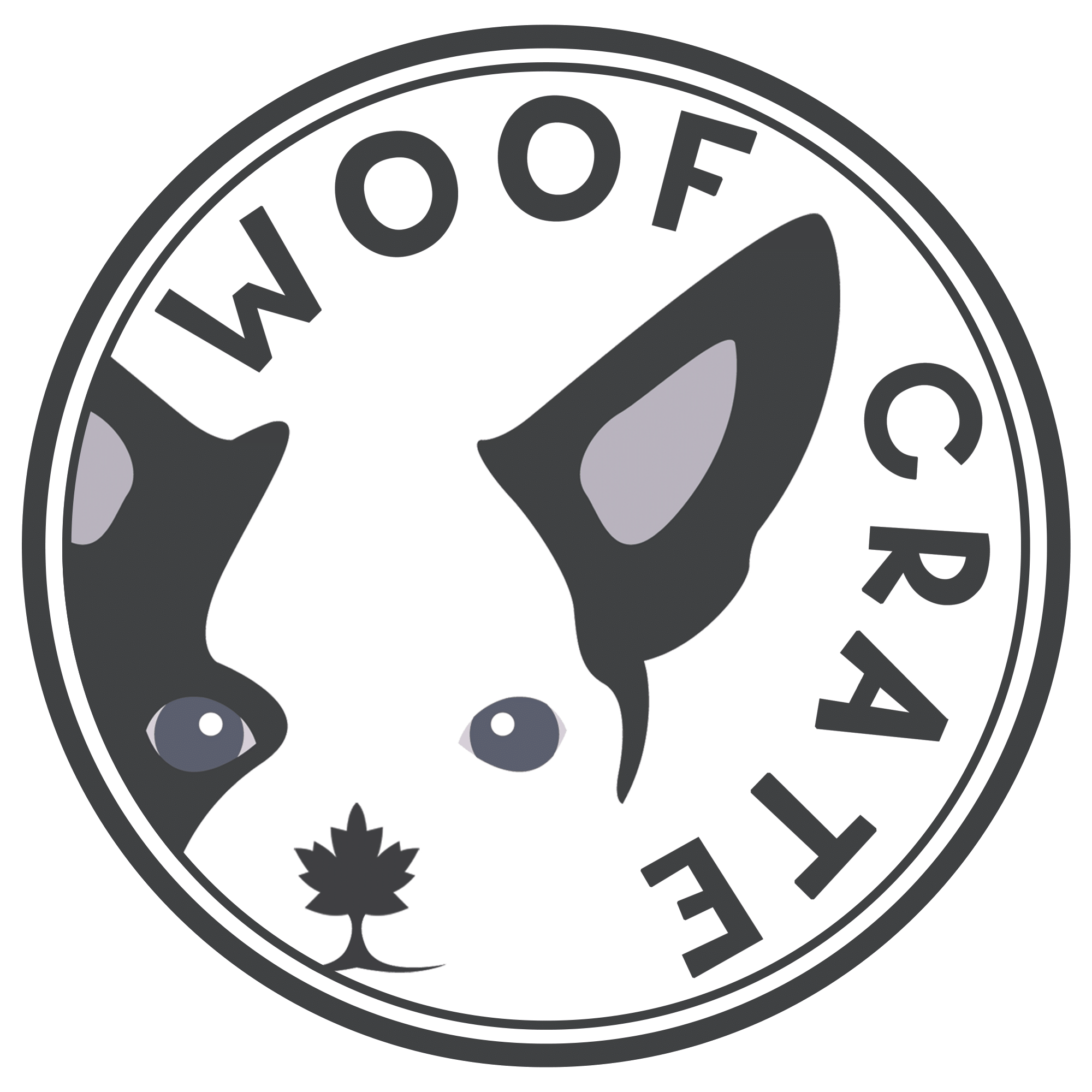

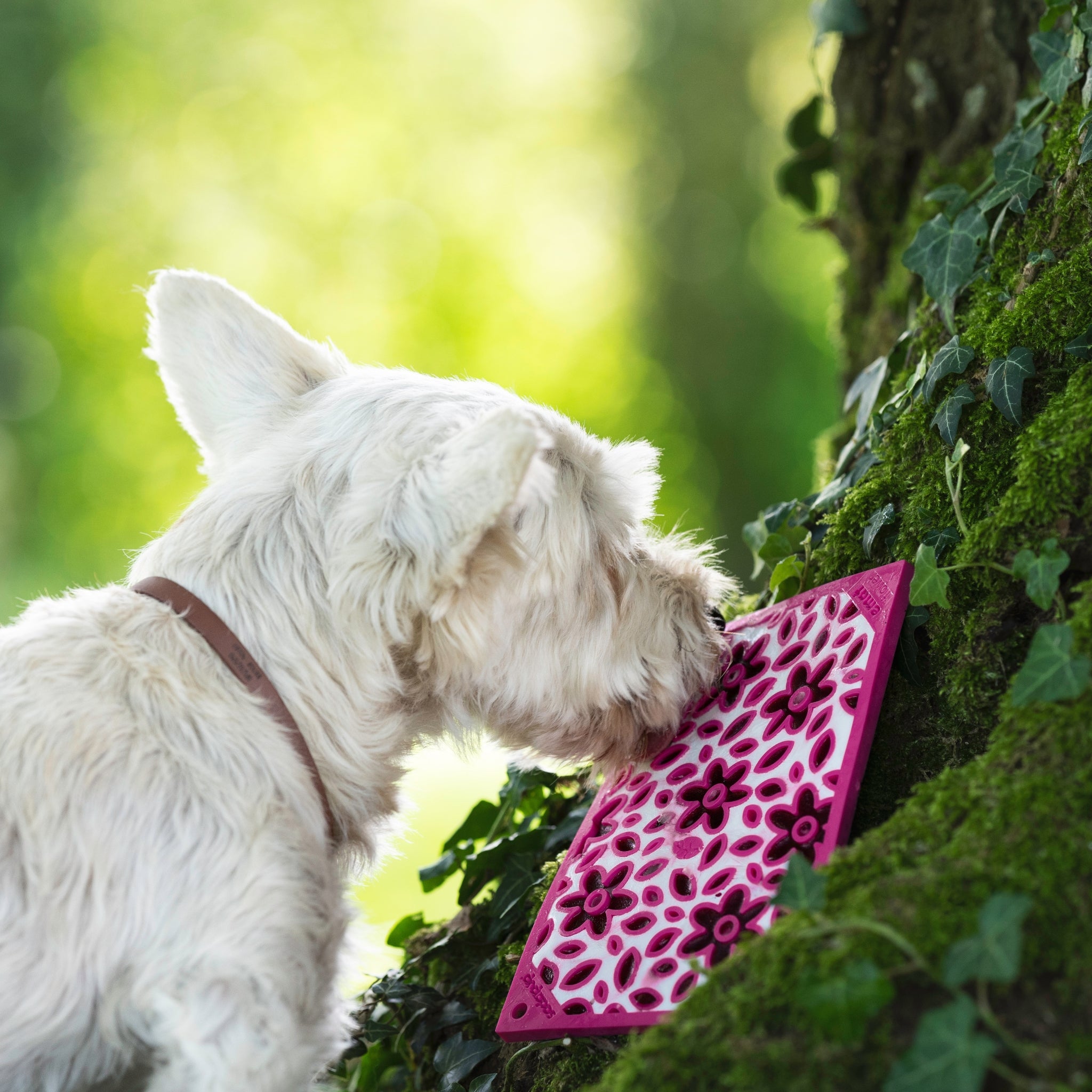
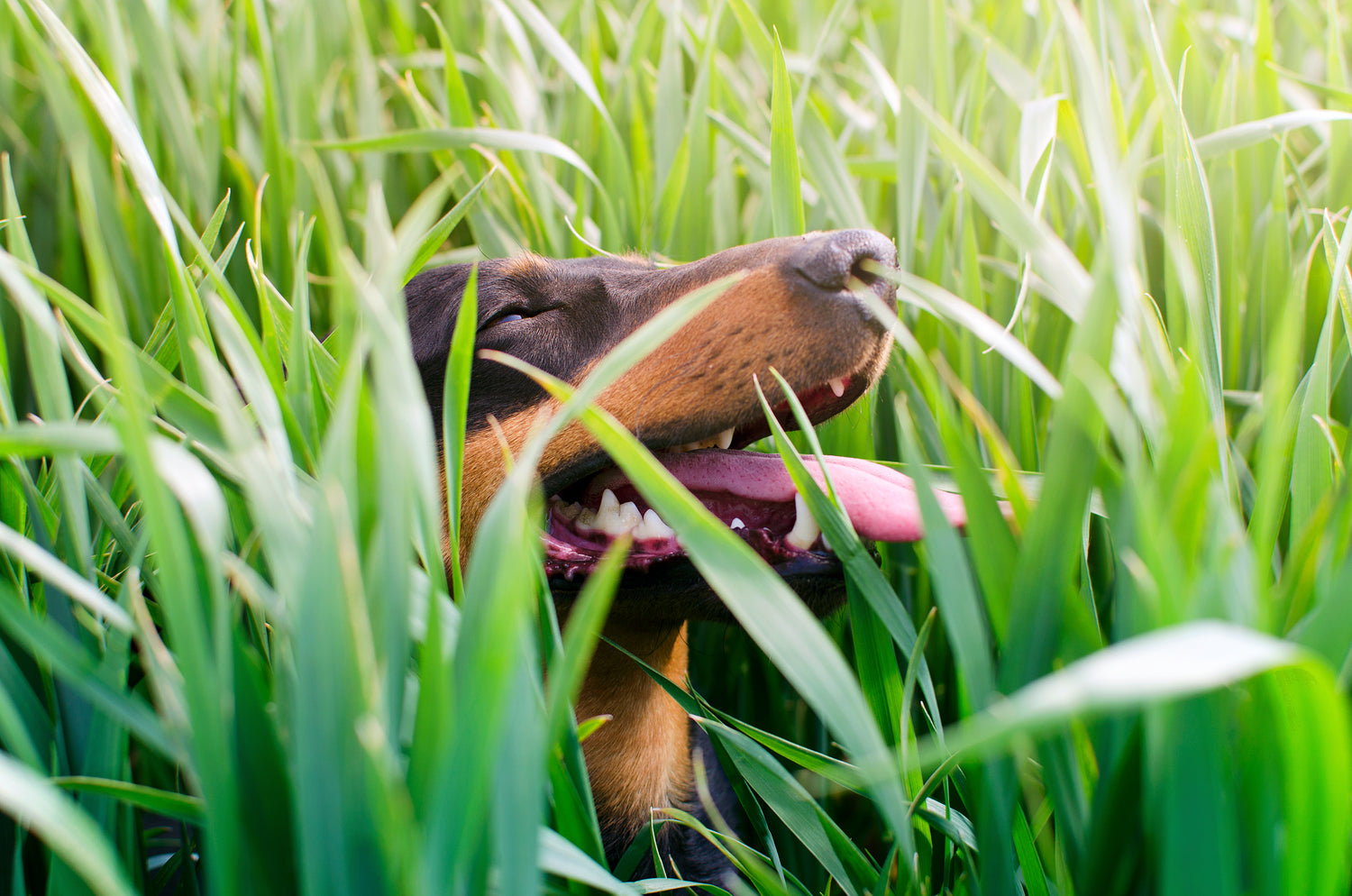

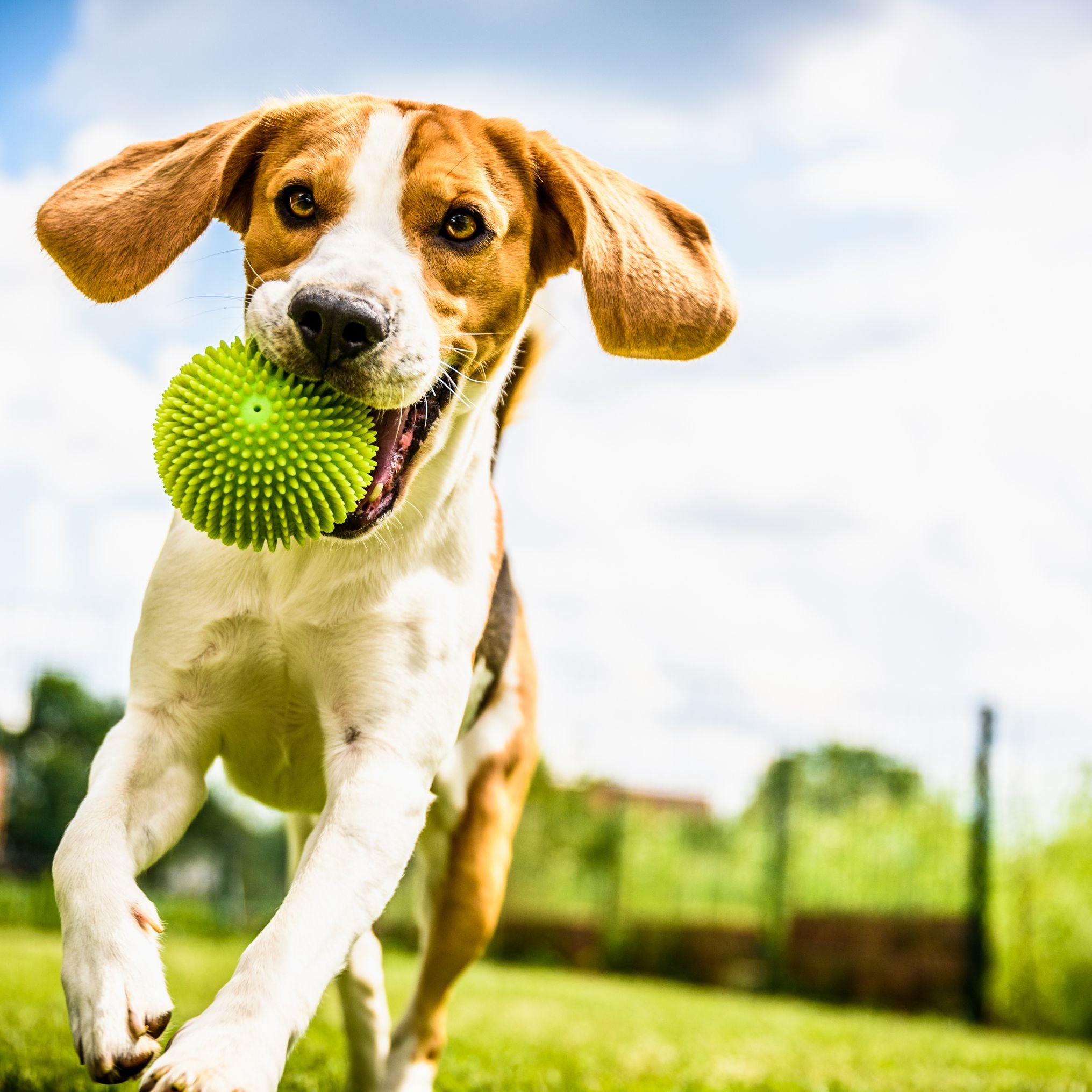
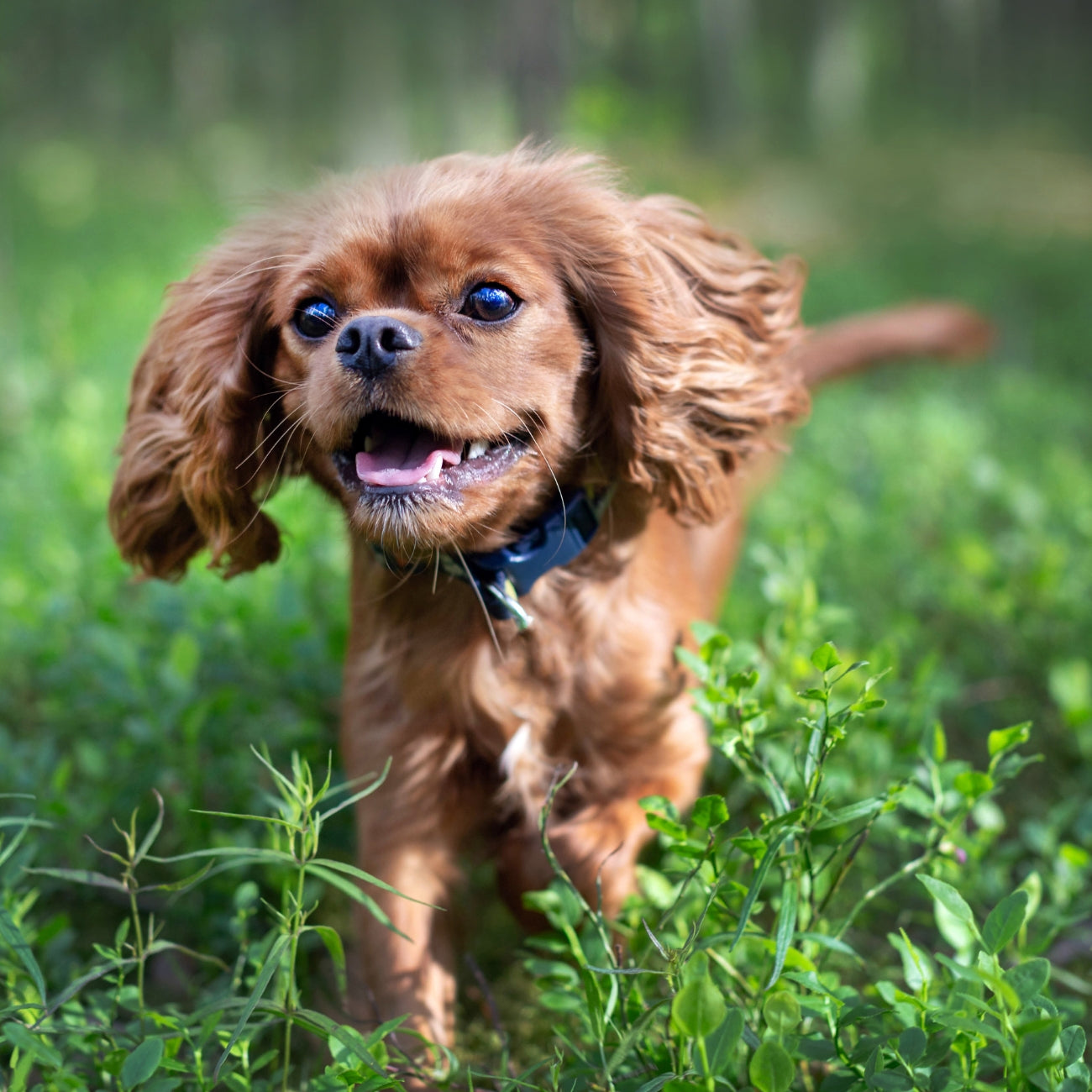
Leave a comment
All comments are moderated before being published.
This site is protected by hCaptcha and the hCaptcha Privacy Policy and Terms of Service apply.